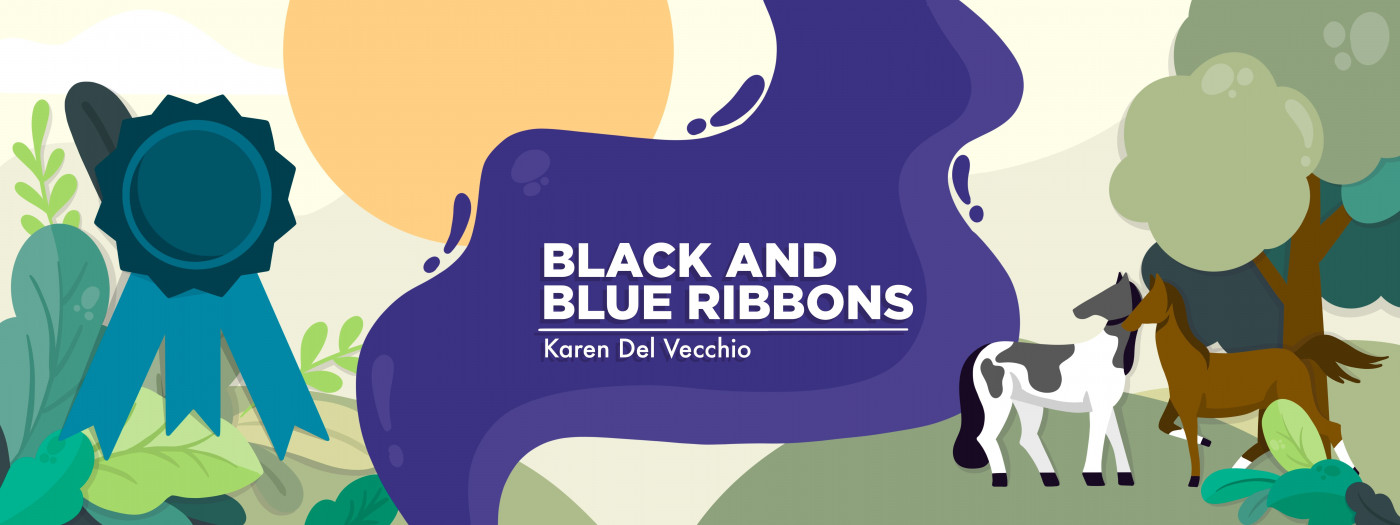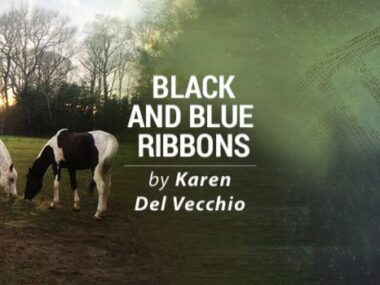Falling Off a Horse and Getting Back on Again
Written by |

Anyone who rides a horse knows that no matter how careful you are, sometimes you’re going to fall. I had my first fall in a year a couple weeks ago.
Cherry has been an exceptionally well-behaved and safe horse for me, but falling is part of riding an animal that has its own thoughts, feelings, and reactions.
When I was diagnosed with Ehlers-Danlos syndrome (EDS), I asked my doctor about riding. He said it would be good for me, but falling with Ehlers-Danlos syndrome — not so much!
As a result, I try to be particularly careful when I ride. I don’t ride horses that are young or green, and just starting their training. Instead, I prefer the “steady-Eddy” types that know their job, are generally well-mannered, and are not as likely to be spooked or react to an unusual event.
When I was looking for a competition horse a few years ago, safety was the number one criteria.
For that reason, I’m very particular about my safety gear. Everyone who rides cross-country, which is out in the open over natural-style obstacles, has to wear a safety vest, but I also wear an air vest that connects to my saddle. If I fall, the connecting strap sets off an air canister that inflates the vest in under a second. I have found that wearing an air vest makes a big difference in how sore I am after a fall. It’s like falling on a lumpy mattress instead of hard, lumpy ground. A high-quality helmet and special stirrup irons that help to take the pressure off my joints are also a must for me.
This time around, I was lucky to just be sore all over. I wasn’t injured, and while I knew the next several days weren’t going to feel good, I was thankful I didn’t feel worse. As usual, my awesome massage therapist helped a lot and set me back on the right path.
Riding is a risk, and I’m lucky that my EDS is mild to moderate, which allows me to do more than others with the same diagnosis. Although I have to make adjustments to be successful — using special equipment, being choosy about what events I participate in, and riding the safest horses I can — I’m thankful to be able to participate in a sport I love and avoid falling with Ehlers-Danlos syndrome as much as possible.
***
Note: Ehlers-Danlos News is strictly a news and information website about the disease. It does not provide medical advice, diagnosis, or treatment. This content is not intended to be a substitute for professional medical advice, diagnosis, or treatment. Always seek the advice of your physician or other qualified health provider with any questions you may have regarding a medical condition. Never disregard professional medical advice or delay in seeking it because of something you have read on this website. The opinions expressed in this column are not those of Ehlers-Danlos News or its parent company, Bionews, and are intended to spark discussion about issues pertaining to Ehlers-Danlos.






Karen Baker
I appreciate this article because I am a horsewoman with EDS. It's nice to hear from a person I can identify with. The extra that involved when riding is great. Not just when falling off but the daily riding and care for them. It can take it's toll.
Karen Del Vecchio
Hi, Karen! Yes, the extra work most definitely can take a toll. I've found many ways to try to minimize its impact, but it's impossible to remove it completely. The tradeoff for me is generally worth it, though, and I'm so thankful to able ride and work with horses. It's such an incredible balm both physically and mentally. Keep an eye for my next column, where I write about how I had to tackle my fear of greater injury due to E-DS and going back out on cross country after this fall :-)
Kathleen Taylor
Could you give some more info on the stirrup irons you refer to in this article? My daughter possibly has EDS but wants to continue riding. I figure any little thing that might help is worth looking into. Thanks!
Karen Del Vecchio
Hi Kathleen - Sure, I'm happy to share! I use the FreeJump AirS stirrup irons. They're expensive to be sure, but they've made a huge difference for me. Personally, I used to have a lot of ankle pain even with braces in my traditional irons, but in these I don't wear any braces and have very little discomfort. I ordered the angled eye version rather than the straight eye to further reduce tension on my leg and ankle. Just make sure to get stirrup covers to put on before running up the stirrups on the saddle if you decide to try them - they will scratch the leather! Best of luck to your daughter!